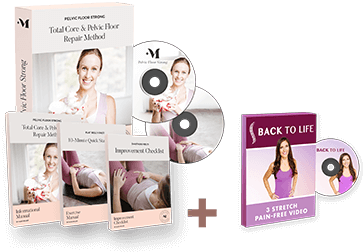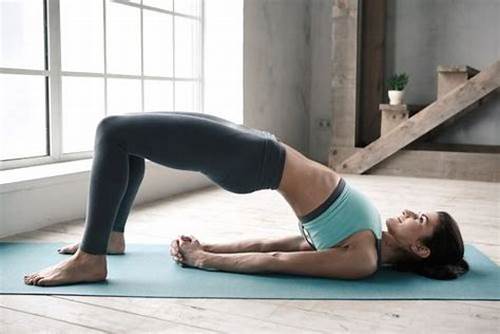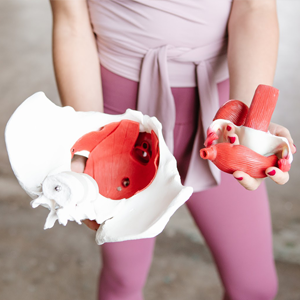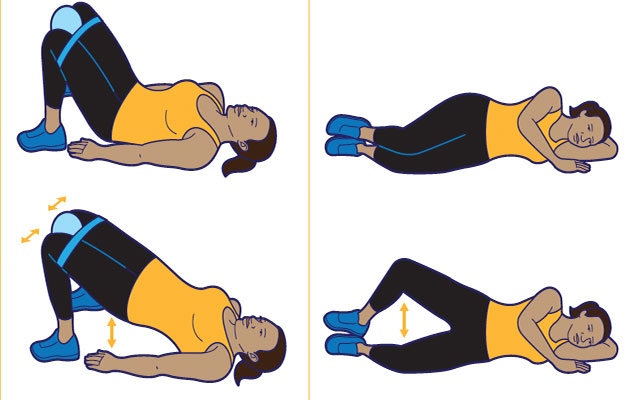How To Breathe For Improving Pelvic Floor Strength?
- Diaphragmatic Breathing: Lie on your back with your head and knees supported by pillows. Place one hand on your chest and the other on your belly. Inhale deeply through your nose, allowing your belly to rise while keeping your chest still. Exhale slowly through your mouth. This breathing technique engages the diaphragm and pelvic floor muscles, promoting relaxation and strength.
- Deep Belly Breathing: Sit or lie comfortably. Place your hands on your belly. Inhale deeply through your nose, expanding your abdomen and allowing your hands to rise. Exhale slowly through your mouth, feeling your hands fall. This exercise helps to expand and relax the pelvic floor.
- 4-7-8 Breathing: Sit or lie down comfortably. Inhale quietly through your nose for four seconds, hold your breath for seven seconds, and exhale completely through your mouth for eight seconds. This technique helps to activate and relax the pelvic floor muscles.
- Coordinated Breathing and Pelvic Floor Contraction: As you inhale deeply through your nose, imagine drawing your pelvic floor muscles up and in. Hold this contraction briefly. As you exhale through your mouth, slowly release the contraction. This coordinated breathing helps in strengthening the pelvic floor muscles.
- Progressive Relaxation Breathing: Lie down in a comfortable position. Take deep breaths in, filling your belly and expanding your pelvic floor. Exhale slowly, consciously relaxing your pelvic floor muscles. This helps in relieving tension and strengthening the pelvic floor over time.


































